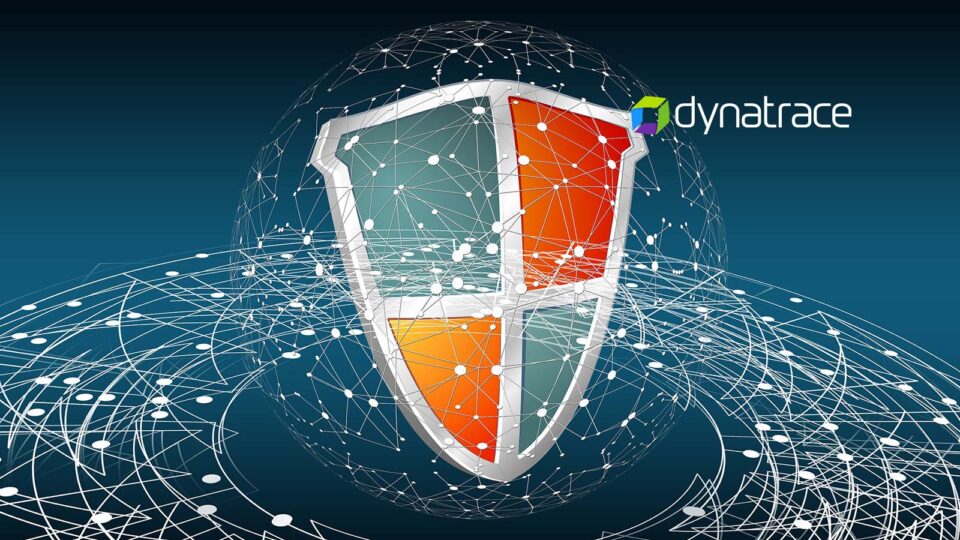Just 3% of organizations have real-time visibility into runtime vulnerabilities, as multicloud environments, Kubernetes, and DevSecOps drive digital transformation
Software intelligence company Dynatrace announced the findings of an independent global survey of 700 CISOs, which reveals the rising adoption of cloud-native architectures, DevOps, and agile methodologies has broken traditional approaches to application security. As organizations shift more responsibility “left” to developers to accelerate innovation, increasingly complex IT ecosystems and outdated security tooling can slow releases by leaving blind spots and forcing teams to manually triage countless alerts, many of which are false positives reflecting vulnerabilities in libraries that are not used in production. Organizations are calling for a new approach that is optimized for multicloud environments, Kubernetes, and DevSecOps.
Recommended ITech News: Auth0 Achieves AWS Digital Workplace Competency Status
“As organizations embrace DevSecOps, they also need to give their teams solutions that offer automatic, continuous, and real-time risk and impact analysis for every vulnerability, across both pre-production and production environments, and not based on point-in-time ‘snapshots’”
This research reveals:
- 89% of CISOs say microservices, containers, and Kubernetes have created application security blind spots.
- 97% of organizations do not have real-time visibility into runtime vulnerabilities in containerized production environments.
- Nearly two-thirds (63%) of CISOs say DevOps and Agile development have made it more difficult to detect and manage software vulnerabilities.
- 74% of CISOs say traditional security controls such as vulnerability scanners no longer fit today’s cloud-native world.
- 71% of CISOs admit they are not fully confident code is free of vulnerabilities before going live in production.
“The increased use of cloud-native architectures has fundamentally broken traditional approaches to application security,” said Bernd Greifeneder, Founder and Chief Technology Officer at Dynatrace. “This research confirms what we’ve long anticipated: manual vulnerability scans and impact assessments are no longer able to keep up with the pace of change in today’s dynamic cloud environments and rapid innovation cycles. Risk assessment has become nearly impossible due to the growing number of internal and external service dependencies, runtime dynamics, continuous delivery, and polyglot software development which uses an ever-growing number of third-party technologies. Already stretched teams are forced to choose between speed and security, exposing their organizations to unnecessary risk.”
Additional findings include:
- On average, organizations need to react to 2,169 new alerts of potential application security vulnerabilities each month.
- 77% of CISOs say most security alerts and vulnerabilities are false positives that do not require actioning as they are not actual exposures.
- 68% of CISOs say the volume of alerts makes it very difficult to prioritize vulnerabilities based on risk and impact.
- 64% of CISOs say developers do not always have time to resolve vulnerabilities before code moves into production.
- 77% of CISOs say the only way for security to keep up with modern cloud-native application environments is to replace manual deployment, configuration, and management with automated approaches.
- 28% of CISOs say application teams sometimes bypass vulnerability scans to speed up software delivery.
“As organizations embrace DevSecOps, they also need to give their teams solutions that offer automatic, continuous, and real-time risk and impact analysis for every vulnerability, across both pre-production and production environments, and not based on point-in-time ‘snapshots’,” continued Greifeneder. “With the Application Security Module on the Dynatrace Software Intelligence Platform, organizations can leverage the automation, AI, scalability, and enterprise-grade robustness of Dynatrace, and extend this to deliver more secure release cycles with confidence their cloud-native applications are free from exposures.”
The report is based on a global survey of 700 CISOs in large enterprises with over 1,000 employees, conducted by Coleman Parkes and commissioned by Dynatrace in 2021.
The sample included 200 respondents in the U.S., 100 in the UK, France, Germany, and Spain, and 50 in Brazil and Mexico, respectively.


